10 garden plant pests you shouldn't ignore – how to spot and deal with them before it's too late
Your guide to identifying and dealing with these sly critters

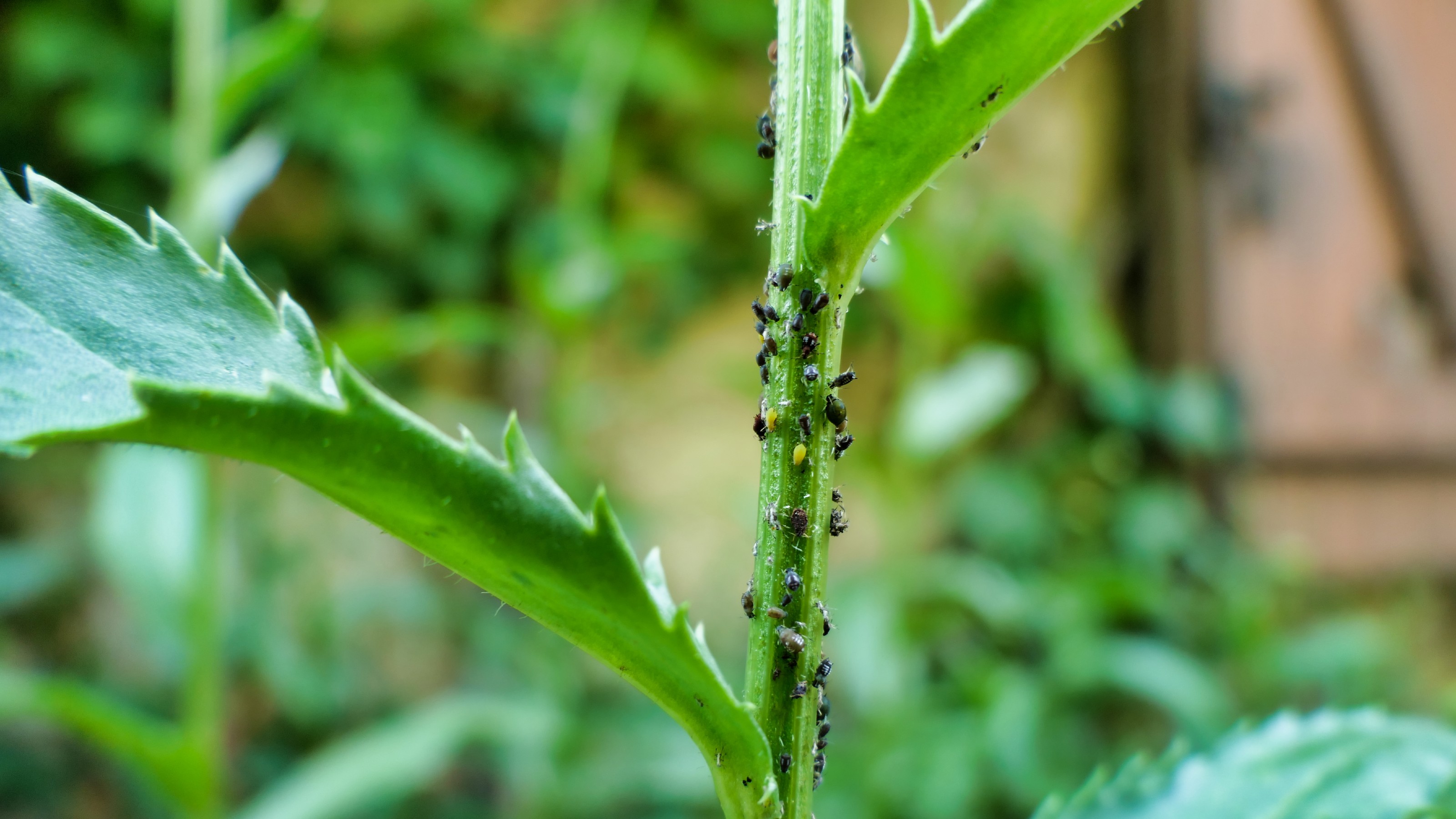
When we talk about garden pests, a couple of common culprits come to mind – snails, slugs and caterpillars are often our main focus during the growing season, but there are a host of other garden plant pests to be on the lookout for throughout the year which you might have overlooked.
While we enjoy seeing our garden ideas to fruition, so do these critters – and, left unchecked, they can wreak havoc on our plants.
Based on the critters I've spotted in my own garden, and feedback from fellow gardeners, I've put together a guide to the garden plant pests you might be missing, with expert tips on keeping them away from your plants.
1. Aphids

Also known as blackfly or greenfly, depending on the type, aphids are one of the most common garden plant pests. They suck the sap from plant veins, weakening the plant and distorting growth. You'll find them on a variety of plants, from peas and beans to roses, so knowing how to get rid of aphids is paramount to a healthier garden.
Luckily, they have a common natural predator: ladybirds. With a few companion planting ideas up your sleeve, you can attract ladybirds to your garden (they love marigolds, for example) and let them do some of the work for you.
'The humble ladybird is a much-loved companion of the gardener due to its fondness for aphids,' says the expert team at Harrod Horticultural. 'Both adult ladybirds (Adalia bipunctata) and their larvae love nothing more than dining out on this prevalent pest and can consume large numbers every day.
'Lacewings and hoverfly larvae also like to visit the aphid café, along with various beetles. Attracting pest predators like these could be the best thing you do in the garden.'
Sign up to our newsletter for style inspiration, real homes, project and garden advice and shopping know-how
2. Carrot fly
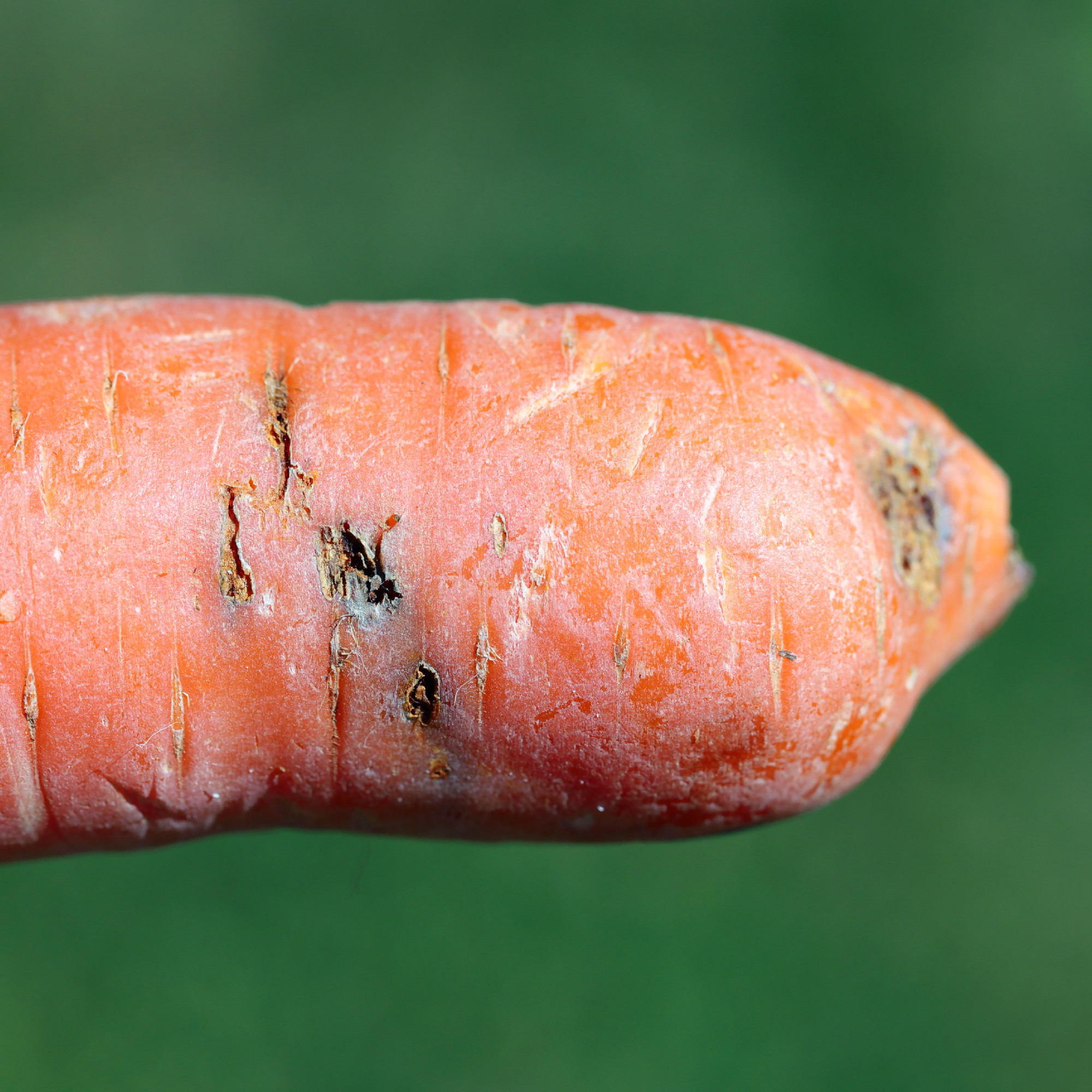
There's nothing quite like finally pulling up your carrot roots and bringing them into the kitchen, but sometimes, the harvests just aren't what we were expecting. Rusty brown scars and tunnels inside the roots indicate that carrot fly got there first. Sometimes, you'll even find the maggots still inside the carrots when you cut into them.
'The first signs above ground that something bad is happening below can be seen on the foliage, which starts to take on reddish tints, later turning yellow,' says Annelise Brilli, Thompson & Morgan's horticultural expert. 'Plants become weak and smaller seedlings die off.
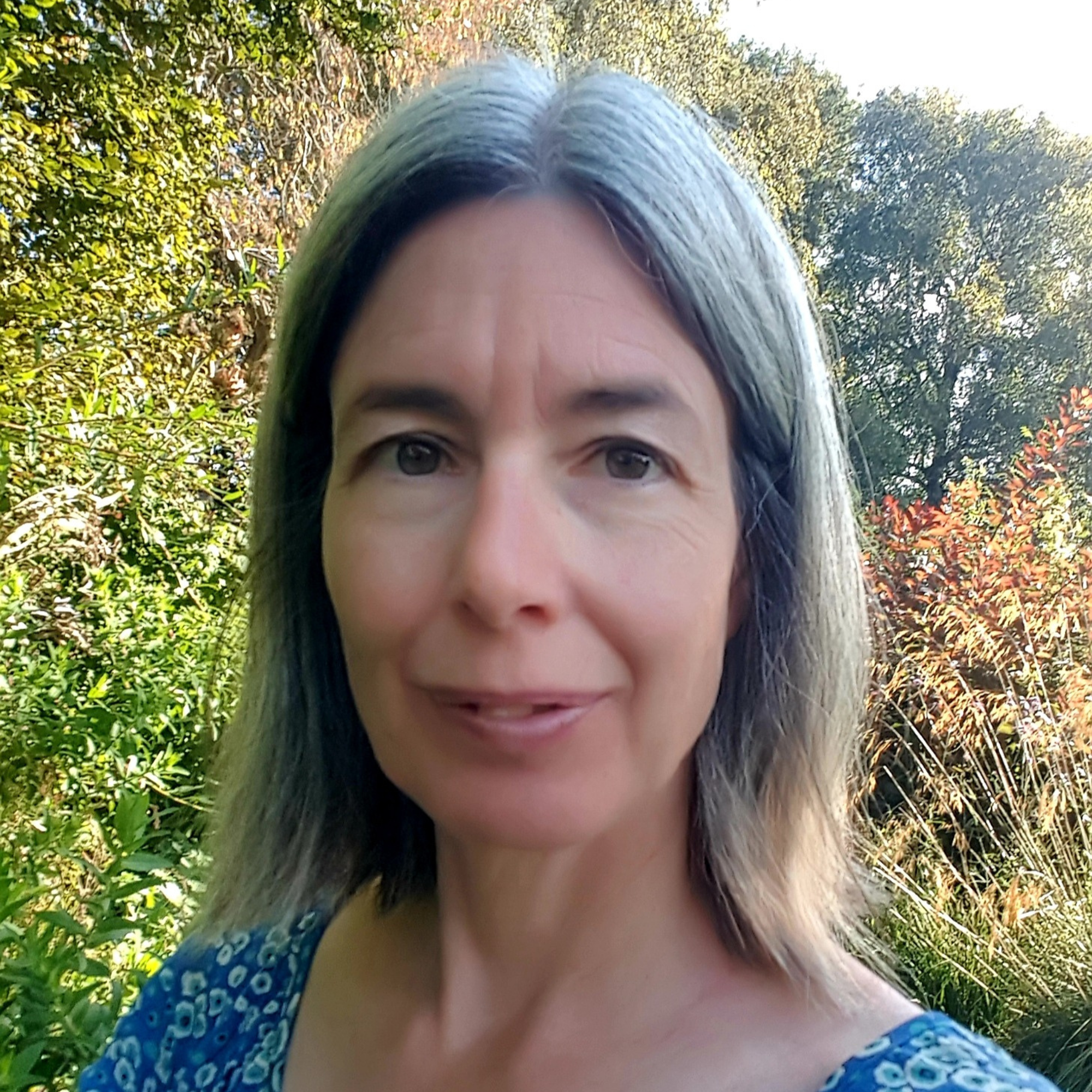
Annelise Brilli is the horticultural copywriter for Thompson & Morgan. Annelise caught the gardening bug from her mother, whose tiny backyard was crammed with a huge collection of plants.
She is passionate about sustainable gardening and has developed her own wildlife-friendly garden which she has opened as part of Macmillan Coastal Garden Trail.
'The best control I have found is covering crops with fine 1.35mm mesh. It works brilliantly, but you do need to rotate your carrot plot around, as carrot fly pupae can overwinter in the ground.
'Carrot fly love cow parsley and will hop off the flowers onto your crop. If there is a lot of cow parsley nearby, it is best to avoid sowing carrots when they are in flower – wait until the beginning of June.
'The other problem is that people often sow carrots far too thickly, and the smell released when thinning attracts carrot flies. It is a fiddly operation sowing such small seed, but you only need one every 2cm.'
3. Asparagus beetle
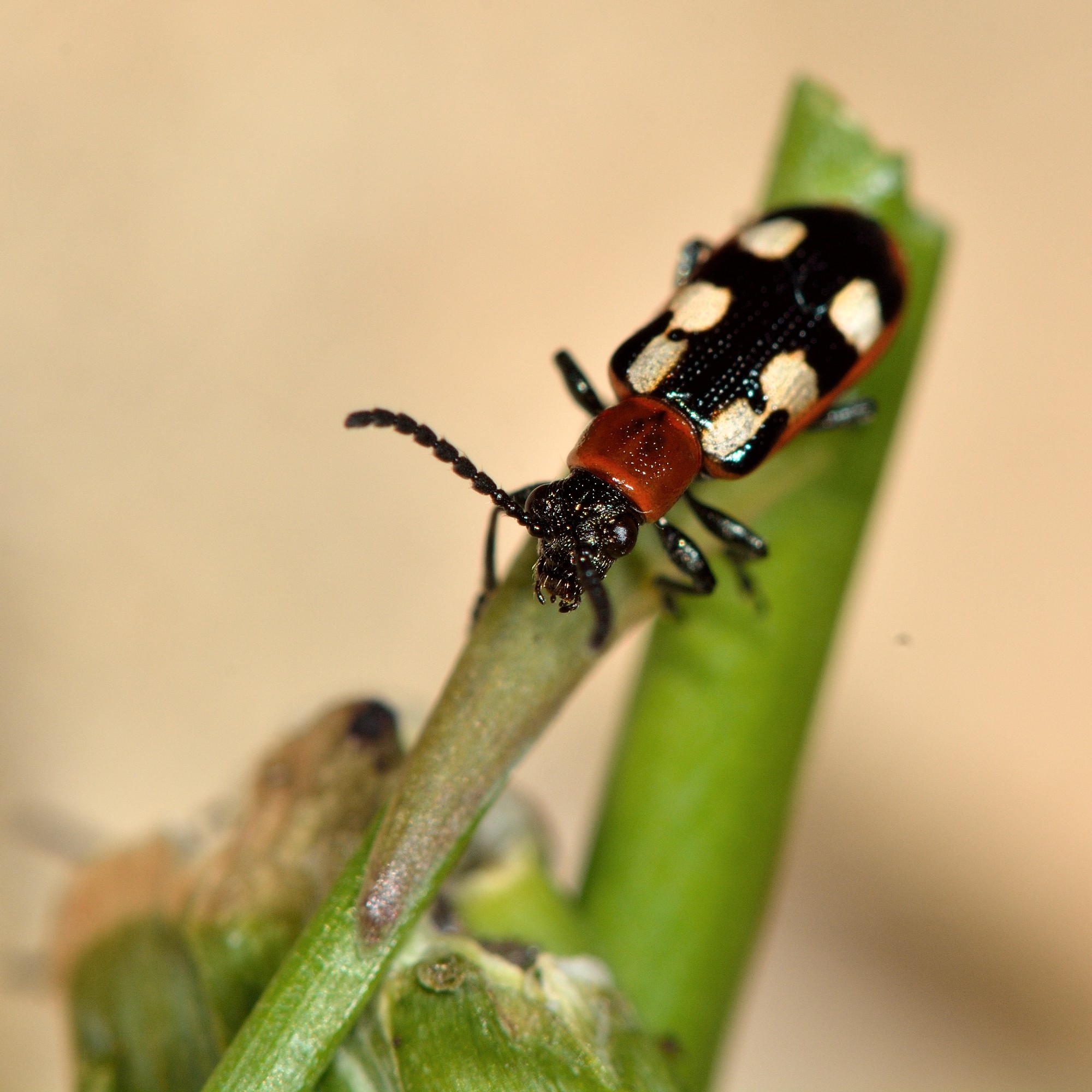
You'll probably only see this garden plant pest if you're growing asparagus, but in large numbers, they can wreak havoc on the vegetables.
Just under a centimetre in length, these flying critters are fairly easy to spot – watch out for their bold markings and pick them off of your plants when you notice them. Small populations aren't usually a cause for concern, but if the bark has been eaten away from the stem and the plant begins to yellow, you'll know the insects have become a problem.
Make sure you throw away old stems at the end of the growing season to get rid of any overwintering beetles.
4. Lily beetle
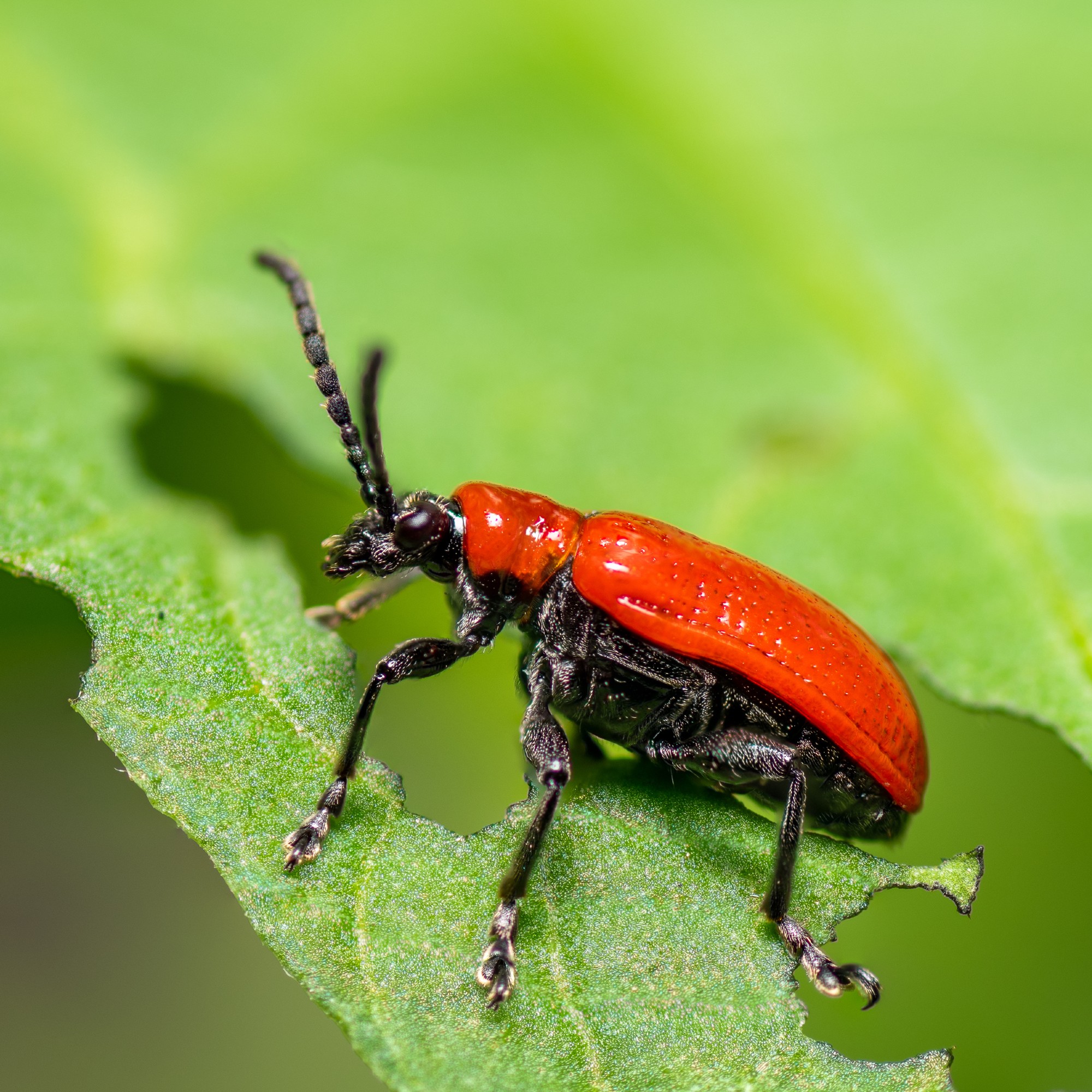
As the name suggests, lily beetles feed on the leaves of fritillaries and, well, lilies.
Though it isn't the most destructive garden plant pest on our list, the lily beetle can affect the development of future bulbs if left unchecked. Otherwise, plants usually continue to flower normally.
The vibrant bodies are easy to spot, but the larvae are a bit trickier to discern – they're usually covered in their own frass (that's excrement, to you and I).
These pests are leaf-eaters, so you'll probably notice holes in the foliage. However, mature larvae also feed on seed pods, stems and petals. If the foliage has been stripped away, there's a good chance the plants won't flower as well (or at all) next season.
You can remove the beetles by hand when you spot them, but you should also continue encouraging wildlife into the garden. A few garden pond ideas can work wonders at attracting frogs and toads to your space.
5. Mealybugs
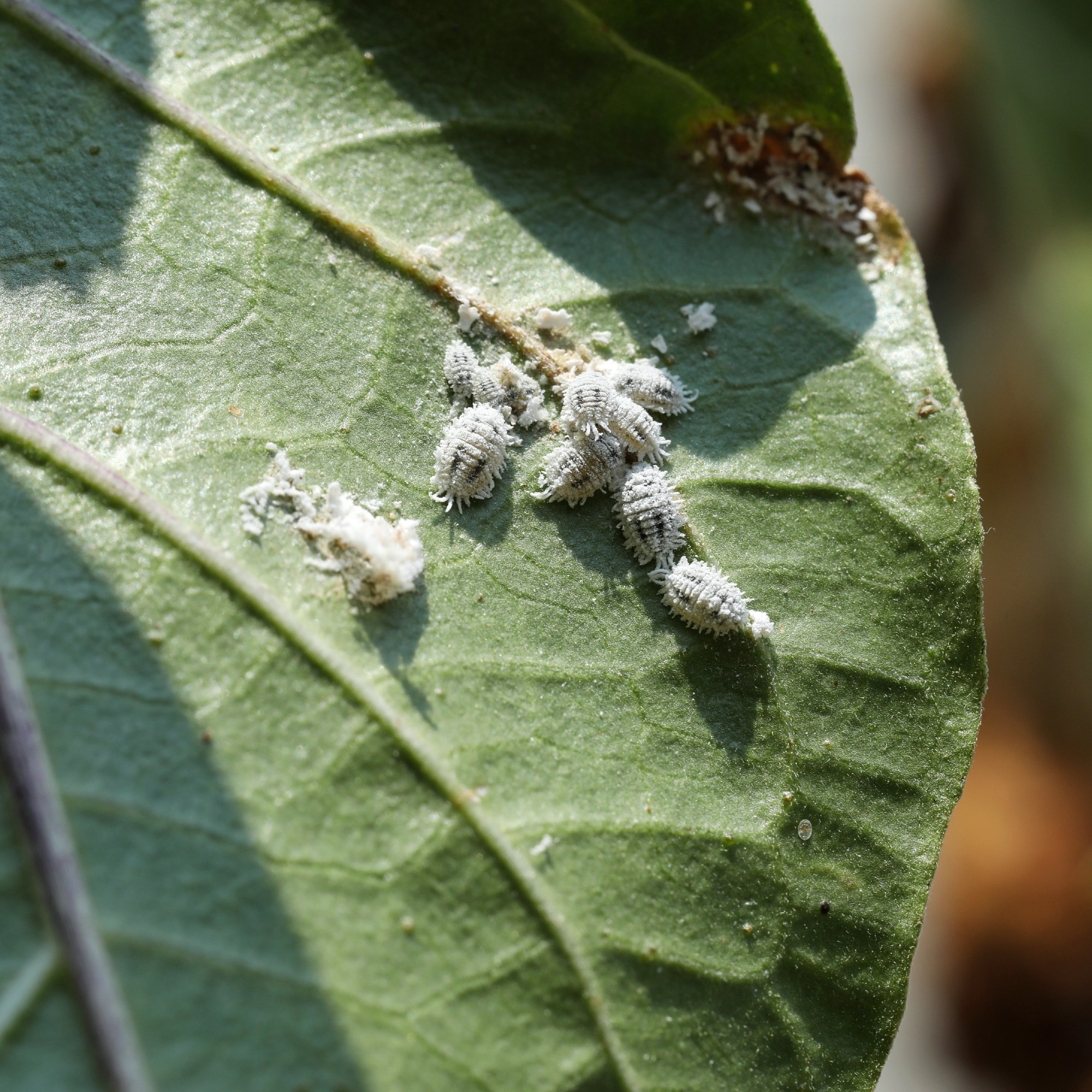
Mealybugs are another sap-sucking garden plant pest to watch out for. Though more commonly found in greenhouses and on houseplants, they can also be found on some outdoor plants, like laburnum.
These critters produce a waxy white substance on leaf axils. The damage can cause the leaves to drop, or stunt the growth of the plant as a whole.
To manage this pest, try to keep on top of pruning, removing any dead leaves from your plants which might be ridden with eggs.
7. Earwigs

Much like us, earwigs are drawn to the prettiest plants in our gardens: dahlias and clematis, to name a few. They'll feed on the petals and younger leaves, and while they're trickier to spot during the day, you can inspect your plants at night to catch them in the act.
These critters aren't all bad, though – they can actually be beneficial predators on fruit trees, where they'll manage aphid populations for you.
If they're causing extensive damage to your plants, the RHS recommends setting up flowerpot traps. Fill them with straw, turn them upside down and prop them up on canes. Earwigs will filter into them at night, ready to be emptied in the morning.
8. Woolly aphids
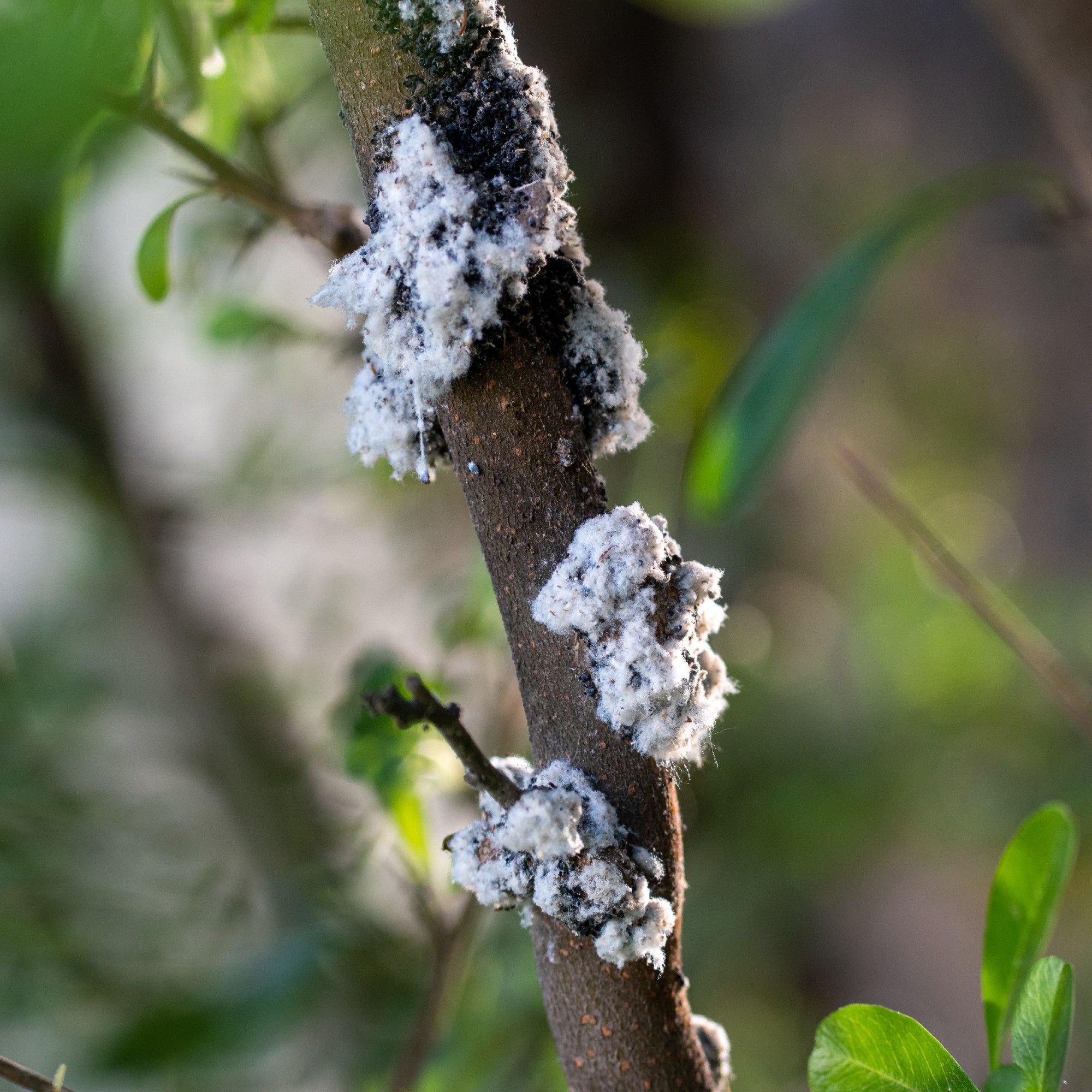
We've covered aphids, but woolly aphids are a particular kind of garden plant pest you'll want to be on the lookout for. They attack various ornamental and edible trees, particularly apple and crab apple varieties. You'll also find them on pyracantha and cotoneaster shrubs.
Like their non-woolly counterparts, these critters are sap-suckers, and you'll know they're enjoying the woody stems when you spot a fluffy white wax covering the plants.
'Woolly aphids particularly like congregating in small cracks in trees and pruned branches where they can nestle into the nooks and crannies of the bark,' says Edris Latifi, pest expert at Eco Care. 'If you have a small tree, it is possible to manage them by using a stiff bristled brush. Tackle them in early summer before they can multiply.
'Pesticides are unlikely to be effective as you’d need to be able to tackle the full plant or, in this case, tree.'
6. Scale insects

The final sap-sucking garden plant pests on this list, scale insects are usually identified by their waxy shell. You'll be able to spot them on the undersides of leaves and along the stems of ornamental plants and fruit trees.
Similar to aphids and mealybugs, many species of scale insect leave a honeydew substance on the plant. They won't cause extensive damage in small numbers, but larger populations can be dealt with by encouraging predatory insects like parasitic wasps into your garden. Nematodes are another option for larger infestations.
9. Thrips
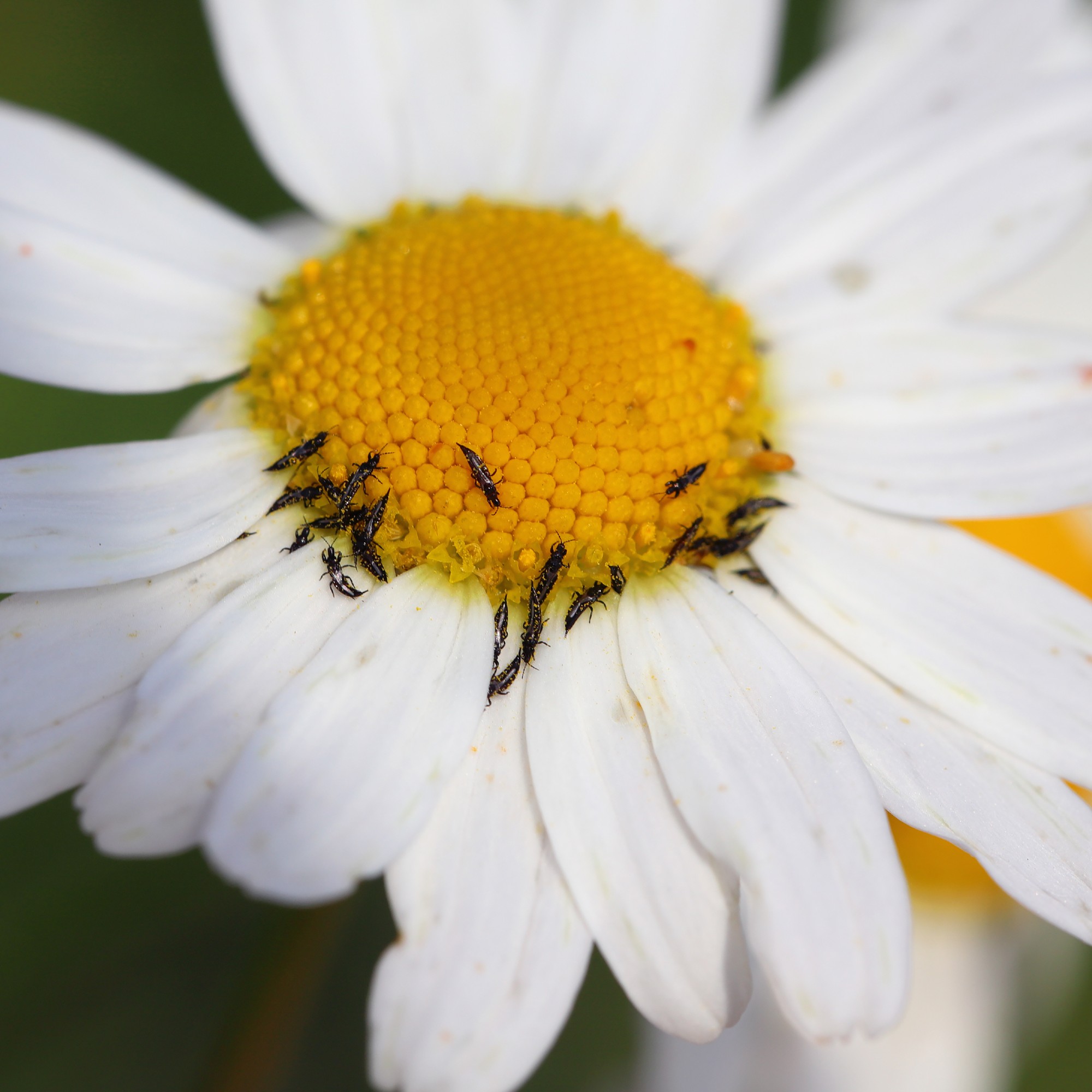
Due to the numerous species of thrip, you'll probably have seen this common garden plant pest on a wide range of flowering varieties.
'If your plants are being affected by thrips, their leaves will turn a dull green and can develop a silvery discolouration on their upper surface,' says Graham Smith MClhort from LBS Horticulture. 'These discoloured areas are often marked by black excrement spots.
'Developing plant tissue that has been eaten by thrips will be marked by white flecking on flower petals where the pigment is lost, and heavy feeding can prevent flower buds from opening entirely.
'Ensure that you are checking vulnerable plants often so that you can take action before damage occurs. Plants are able to tolerate some damage caused by thrips. To get rid of them naturally, you can try to encourage the natural predators of thrips to visit your garden, or hang sticky traps above or among plants in greenhouses to help reduce their numbers.'
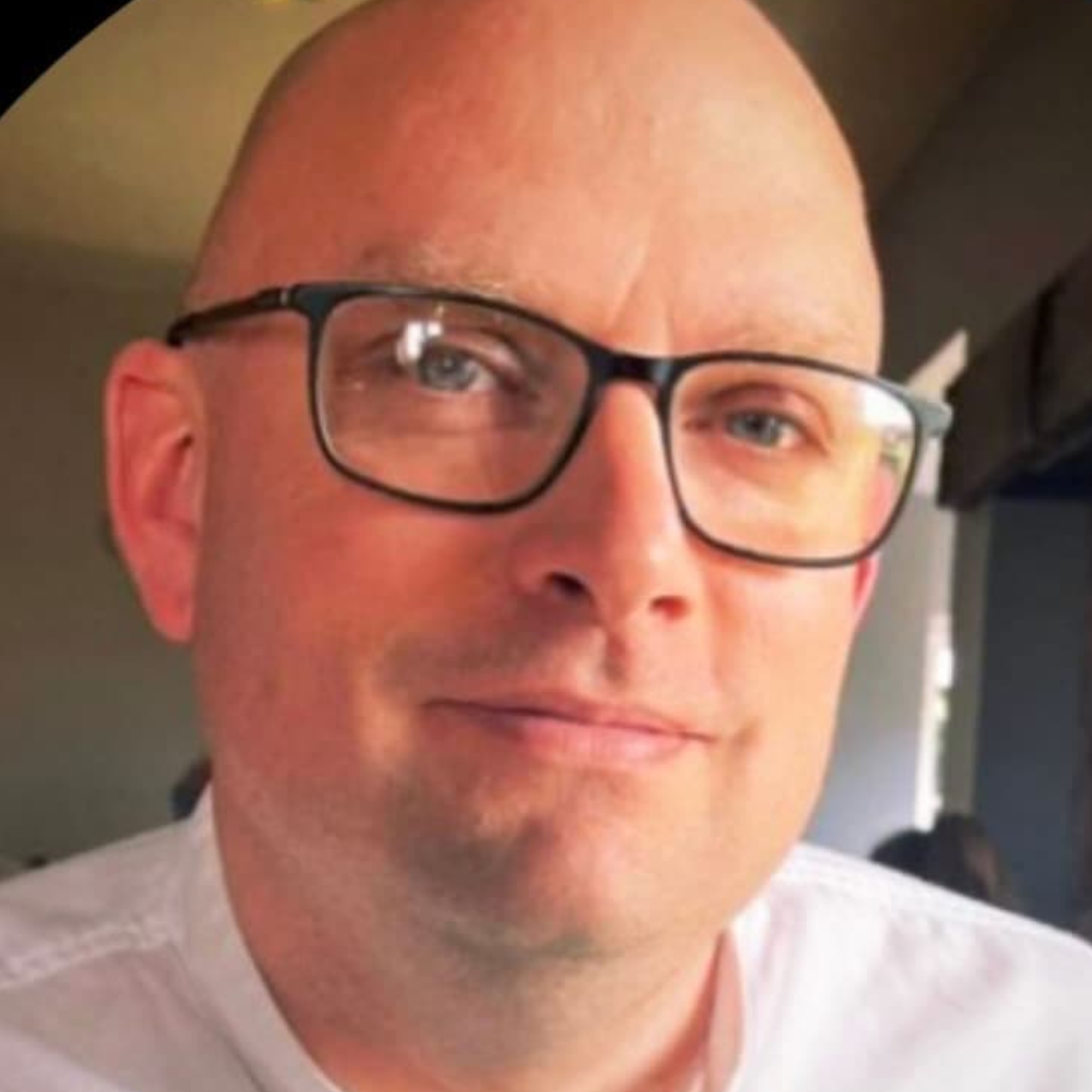
Graham Smith MCIhort is the national sales manager at LBS Horticulture. He has extensive knowledge in the horticultural and gardening industries, and prides himself on using this to help gardeners of all skills create their perfect outdoor space.
10. Cutworms
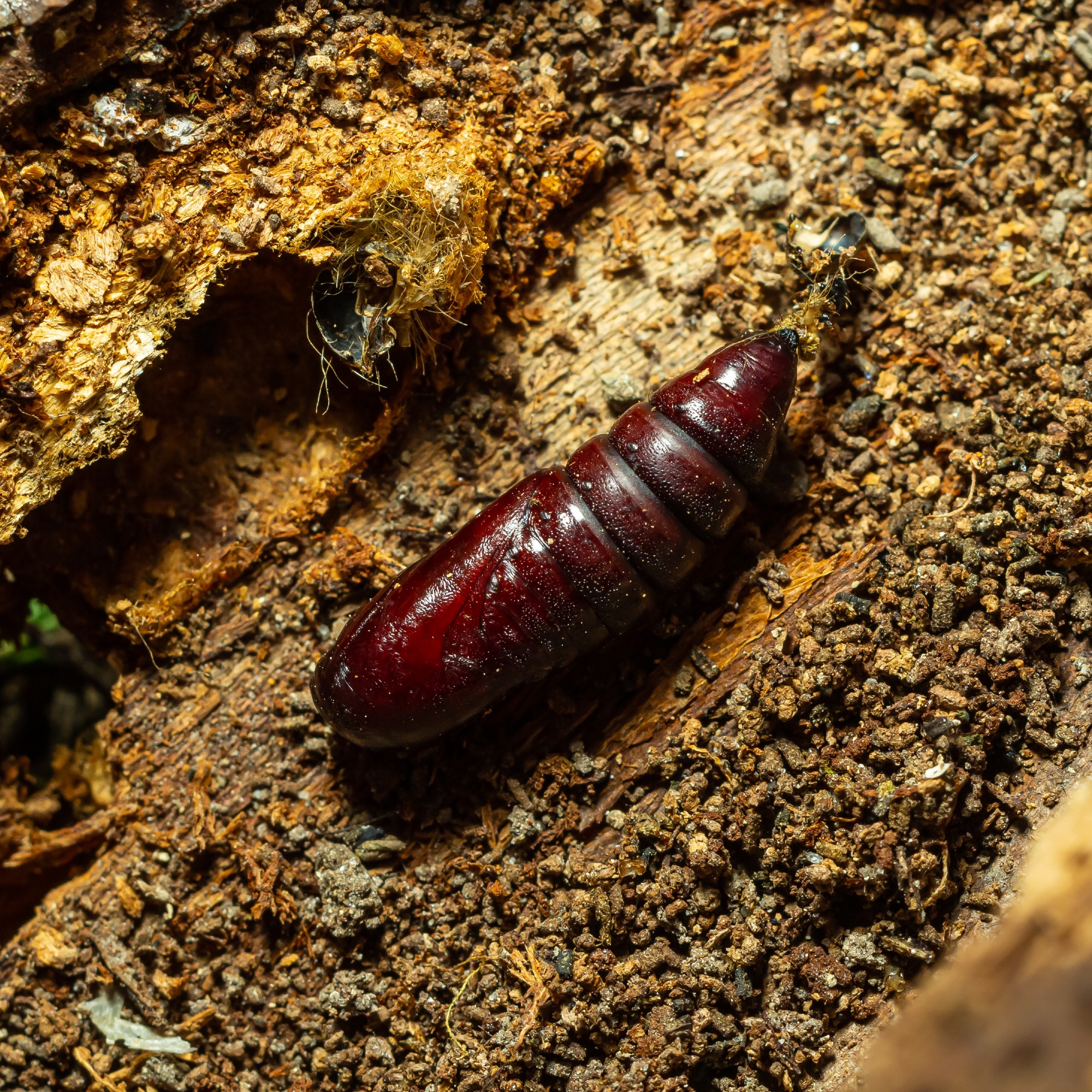
Cutworms are actually the caterpillars of various moths, the most common being turnip moth larvae. They live in the soil for the first stage of their lives, so they're a little trickier to spot, and you often won't notice them. Though they can be seen at any time of the year, they're most active during the autumn and winter, when they pupate.
'A little damage won't spell disaster for your plants, but encouraging birds and other natural predators into the garden will help keep the numbers at bay. 'The feeding damage caused by cutworms can often go unnoticed, and they are a part of a healthy ecosystem in your garden,' says Graham from LBS Horticulture. 'Signs that they are in your garden may include girdled stems or severed roots at the ground level of plants.
'Ideally, you should tolerate some damage from cutworms, as they form the basis of many food chains and are part of the biodiversity that a healthy garden can support. You can try to encourage natural predators, such as birds, ladybirds or wasps, or use fleece and insect proof mesh to protect plants.
'When young, cutworms are vulnerable to rain and irrigation, so well watered plots are usually free from damage.'
FAQs
What is the most common garden pest?
For many gardeners in the UK, the most common garden plant pests are slugs, snails and caterpillar. They're certainly the easiest to identify from the extensive damage they can cause to garden plants.
Aphids are also very common, with numerous species affecting a wide range of plants.
What is eating my garden plants in the UK?
'Woodlice are often abundant in healthy gardens, and are largely beneficial as they cause little or no damage to healthy plants,' says Graham from LBS Horticulture. 'You may find a large number in your compost heap, where they will help to break down the material. They mainly feed on damp, decomposing plant material and help to recycle nutrients in the garden.'
Be on the lookout for these garden plant pests during your next gardening session.

Sophie joined the Ideal Home team as Gardens Editor in June 2024. After studying English at Royal Holloway, University of London, she began writing for Grow Your Own, which spurred on her love of gardening. She's tried growing almost every vegetable under the sun, and has a soft spot for roses and dinnerplate dahlias.
As Gardens Editor, Sophie's always on the lookout for the latest garden trend. She loves sharing growing hacks for every space, from herbaceous borders to balconies.


